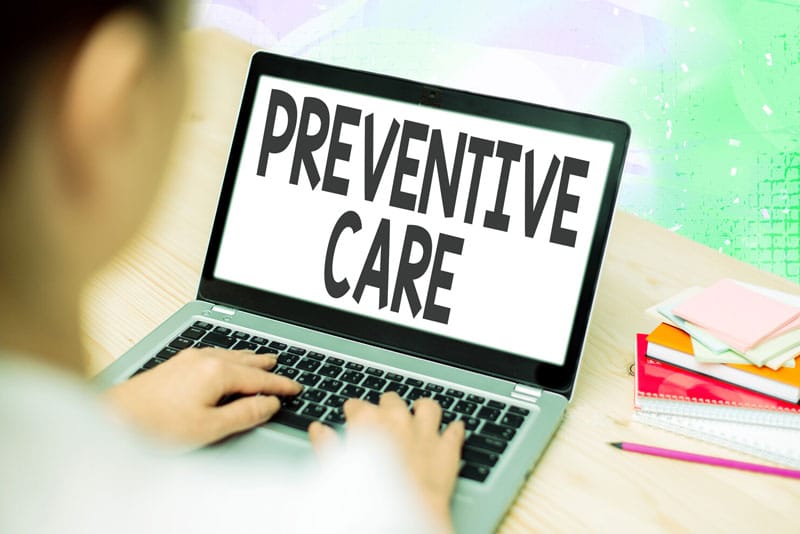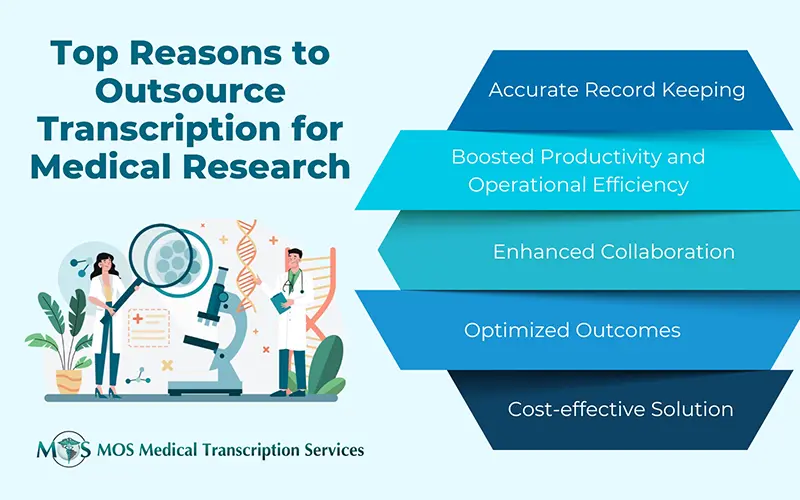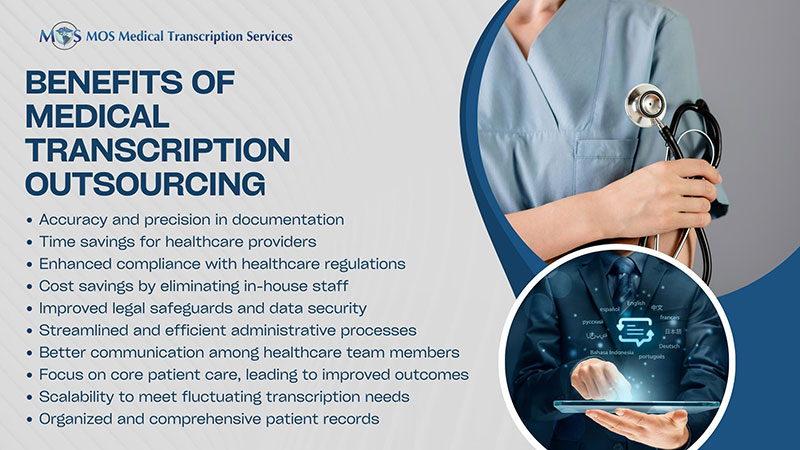
Preventive care improves health, increases life span, and eventually reduces the burden of chronic diseases on the healthcare system. With medical transcription services enabling physicians to maintain accurate patient records, interactive electronic health records (EHRs) have enhanced delivery of preventive care by involving patients in self-management of their health and disease.
Telehealth has been widely touted as an effective solution for preventive care. Telehealth makes it easier for people to access preventive health programs, especially those with financial or geographic restrictions to quality care. “Telehealth services are well suited to be used as tools that connect patients to their health care providers in order to prevent diseases from occurring or to help maintain health conditions in order to prevent existing conditions from worsening”, wrote supporters of telehealth in a 2018 National Law Review blog (www.mhealthintelligence.com).
Study: finds chronic, preventive care fell as telemedicine adoption rose
Since the outbreak of the COVID-19 pandemic and adoption of social distancing measures, the number of primary care visits have gone down and many patients have moved to telehealth appointments. According to a paper published by the American College of Cardiology, as of March 30, 2020, about 75% of all outpatient cardiology encounters moved to telehealth. Interruptions in care and increased morbidity and mortality due to direct exposure to COVID-19 are of particular concern for patients with cardiovascular diseases (CVD).
But how effective has telemedicine been for preventive care during the pandemic? Research published in JAMA Network Open found that, even as the use telemedicine soared during the COVID-19 pandemic, chronic, preventive care fell during the first half of 2020 compared to previous years. The key findings of the study as reported by MedScape are as follows:
- In 2018 and 2019, most primary care visits were office-based, but in April-May 2020, as the COVID-19 pandemic spread across the country, the total number of primary care visits fell by 21.4%. Telemedicine visits increased from just 1.1% of total visits in Q2 of 2018 and 2019, to 4.1% of visits in the first quarter of 2020, and to 35.3% of visits in April-May 2020. Adults in the age group 19 to 55 years who had commercial medical insurance were more likely to use telemedicine visits than those younger or older.
Significantly, the study found a downward trend in preventive and chronic care in April-May 2020:
- The number of visits in which blood pressure was assessed dropped by 50.1% and the number of visits with cholesterol level assessments fell by 36.9% during April-May 2020 compared to the same time in 2019.
- Visits wherein new antihypertensive or cholesterol-lowering medications were prescribed and renewed dropped .
- New treatments decreased significantly for patients with chronic conditions, including hypertension, diabetes, high cholesterol, asthma, depression, and insomnia.
- The content of telemedicine vs in-person visits changed – proportion of blood pressure and cholesterol level assessments were lower in telemedicine encounters compared to office visit.s
According to the researchers, the decline in evaluations of cardiovascular risk factors such as blood pressure and cholesterol were due to “fewer total visits and less frequent assessments during telemedicine encounters.”
ACR: remote patient monitoring can improve telemedicine delivery
A paper published in July 2020 discussed the statement from the American Society for Preventive Cardiology on continuing preventive care during the pandemic. The American College of Cardiology recommends the use of remote patient monitoring (RPM) systems to improve the effectiveness of telemedicine. Such systems allow patients to track and record their own data and collect digital biomarkers such as vital signs, heart rhythm, glucose, or weight without having to go to a clinic or hospital. RPM systems with user-centered design could enhance patient engagement in their care, notes the report.
Social distancing could exacerbate mental illnesses such as anxiety and depression. Cardiovascular health also depends on addressing such psychological stressors. Telemedicine is a practical way to promote mental and physical health during the pandemic. The report observes that technology can be used for counseling patients on at-home exercises and healthy diet recommendations to improve their cardiovascular health.
As clinicians strive to make effective use of telemedicine to provide outpatient care and prevent serious lapses in care in these challenging times, outsourcing medical transcription can help them manage EHR documentation efficiently.


